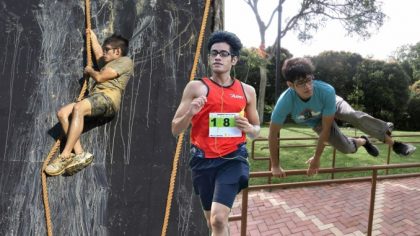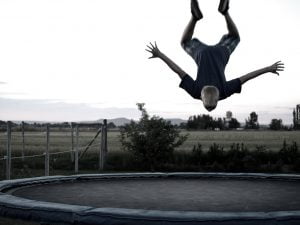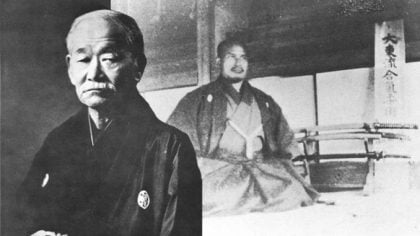Due to how active I look in posts on Way of Ninja, you may never assume that hiding behind the adventurous gleam in my eye is an autoimmune disease.
Sometimes getting out of bed during a flare up is hard, but being a modern day kunoichi, professional dancer, and digital nomad too? It could be next to impossible depending on the ferocity of the flare up.
So how do I do it? When some people with the same disease are put down and out for days, how do I muster up the strength to keep on keeping on?
What is an Autoimmune Disease?
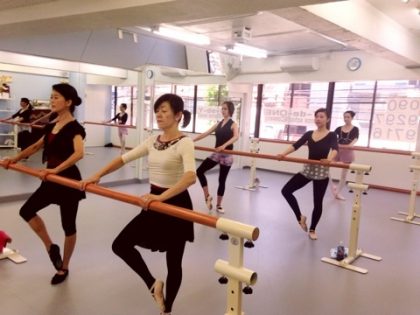
There are over 80 autoimmune diseases out there, but they essentially operate with the same modus operandi. An autoimmune disease cause the immune system to attack itself in a variety of ways, such as inflaming the joints or causing alopecia.
A common misunderstanding is to assume that autoimmune diseases are allergies. This is false. Allergies do not cause the body to attack itself.
The first thing I learned when I started developing the symptoms of an autoimmune disease — anxiety, brain fog, rashes, vitiligo, dry mouth, fatigue combated with hyperactivity, muscle weakness, stiffness, pain, and nagging gastrointestinal issues — was that my diet could be exacerbating the issue.
Changes in Diet to Cope



Taking a hard look at my then diet and lifestyle, it definitely needed some tweaks. During childhood, I had the typical American diet of fried foods, high in saturated fat, and an overload of sugar. I ate more animal proteins than vegetables and fruit. This affected me well into adulthood.
However, I had started converting over to vegetarianism about the time the symptoms were at their peak. I nixed excess amounts of alcohol, cut back on cruciferous vegetables, and thought about limiting my intake of wheat gluten. Then, I learned about something called the “anti-inflammatory diet.”
The Anti-Inflammatory Diet
Since my autoimmune disease loves attacking my joints and digestive system, I decided to give this special diet a go.
No, this is not a diet in the sense that it is meant to help you lose weight.
The anti-inflammatory diet is best explained by Dr. Weil, who states, “It is a way of selecting and preparing anti-inflammatory foods based on scientific knowledge of how they can help your body maintain optimum health” [1].
So what are some anti-inflammatory foods?
Green leafy vegetables

What do spinach, kale, chard, bok choy, and collard greens all have in common? A fantastic amount of antioxidants vitamin A, C, K, and dozens of phytonutrients to combat oxidative stress.
Celery
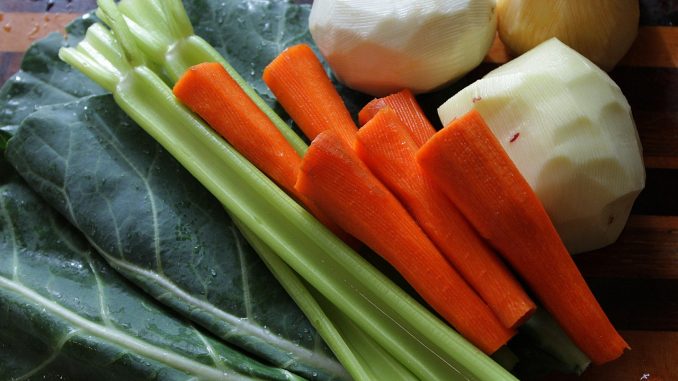
Dietary fibre, folate, vitamin B6, vitamin C, K, polysaccharides and other essential minerals make celery a key player in the anti-inflammatory diet [2].
Blueberries
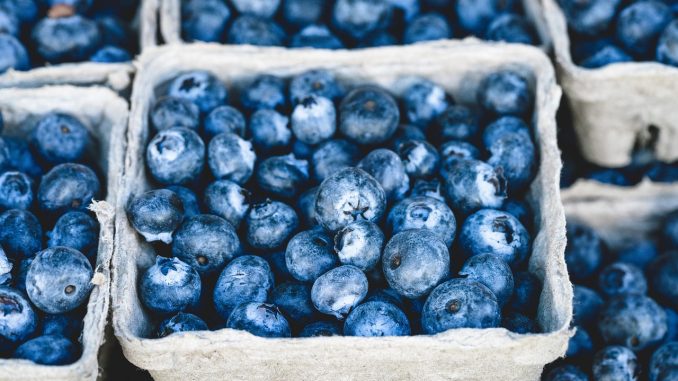
One of the few foods that contains quercetin, a flavonoid that fights inflammation and cancer. Quercetin also enhances beneficial gut flora.
Pineapple
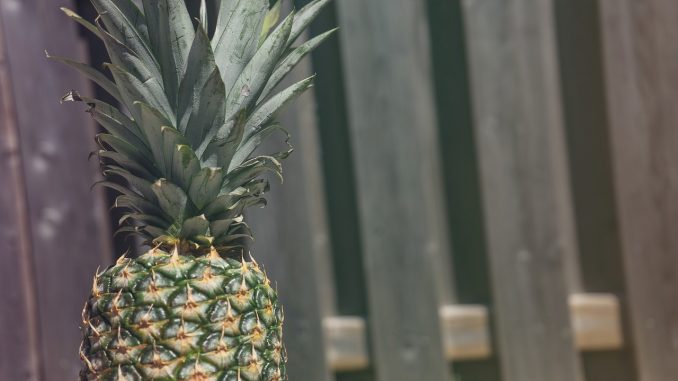
This fruit pairs quercetin with bromelain, an enzyme that has immune-modulating capabilities. Bromelain also has been shown to halt platelets from sticking together and forming clots.
Flax seeds

Lignans are present in flax seeds. This special type of fibre is affiliated with anti-aging, hormone balance, and cellular health.
Turmeric

The primary compound of turmeric, called curcumin, is one of the world’s most powerful anti-inflammatories. In fact, it has been proven in multiple studies that curcumin is infinitely more potent than aspirin and ibuprofen in reducing inflammation [4][5].
Ginger
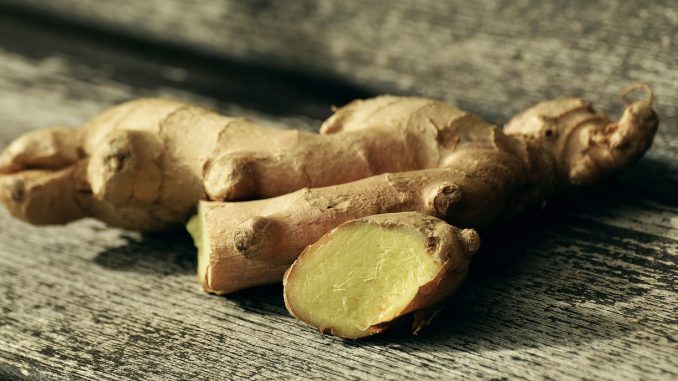
There is a reason I flavour my coffee in the morning with ground ginger. Ginger works like curcumin by reducing inflammation. Also, I am a firm believer in Ayurvedic medicine and the teaching that ginger breaks down toxins in the body.
Green tea

The antioxidants in green tea make it seem more like a life-saving elixir than a commonplace beverage.
Nuts
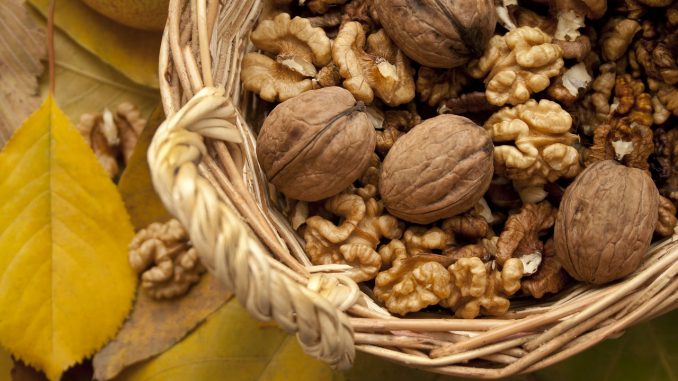
Almonds, walnuts, Brazil nuts, and pistachios are all rich in omega-3 fatty acids. Nuts have also been shown to prevent the onset of diabetes by moderating blood glucose and insulin.
Tomatoes

Sources of lycopene, like the humble tomato or watermelon, also have anti-inflammatory properties.
In short, what makes up the anti-inflammatory diet? It is avoiding high-fat, high-sodium, super processed foods devoid of nutritional value. Margarine, shortening, fried food, and lunch meats can worsen inflammation to the point that it is damaging. By adding clean foods that are intrinsically full of polyphenols, vitamins, and nutrients is the basis of this diet [3].
Better yet, if you suffer from bursitis, arthritis, fibromyalgia, and any of the autoimmune disorders out there, anti-inflammatory foods can help regulate the symptoms.
Adapting & Altering Training Routines


Regardless of what I eat and drink, I still have flare ups. These might not be as bad thanks to a wholesome diet, but the effects impede my ability to function nonetheless.
I could be fine in the morning, then bam! I am hit with brain fog, mind-numbing headaches, and an intense lethargy that takes me from high-functioning traveler to mush. Even blinking is draining.
Moving Slowly & Stretching
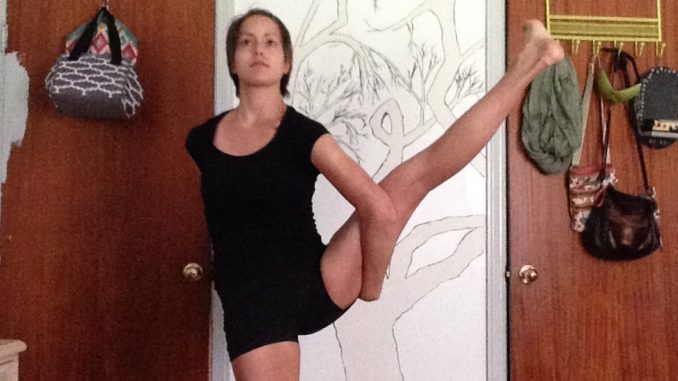
But like I said, I am a professional dancer, a traveler, and a fitness enthusiast. Doing nothing is not something I tolerate. So, even when it feels like moving equals death, I somehow pick myself up and start to move.
I do not push myself hard during these days. Yoga and Pilates have helped me exercise when nothing else is possible. The slow, measured movements and concentration on the breath helps me draw focus away from what my body does not want to do. Gentle stretching helps fend off the stiffness that creeps into my joints, so I do yoga regularly.
Physical Therapy – Functional Strengthening

Other times, I do physical therapy exercises that work on functional movement and strengthening the muscles around affected joints —such as hips and shoulders. These are usually bodyweight squats, planks, and isolated movements, such as side leg lifts. If I get warmed up and more motivated, I will then do a shortened resistance training circuit with free weights.
Improvised Dance Movement

Because I dance, I use improvised movement as therapy for these days. I put on some music then just move purely on inclination. The mind-body connection takes over, and I forget about the ache. During these days, my movements are not pretty; but at least I refuse to let the flare up keep me from doing what I love.
When flare ups do not occur, I typically work out 5-7 days a week, incorporating several total body targeting exercises, Plyometrics, dance conditioning exercises, and weightlifting. These workout sessions usually last up to 90 minutes, but I often break up workouts into 30-45 minute clips throughout the day. That is on top of dance training, traveling, and other craziness.
Practicing Mindfulness

The hardest part about having an autoimmune disease was learning to not hate myself because of it. My body is scarred and twisted from rashes and assaults on my joints and GI tract. It does get frustrating sometimes when the exhaustion washes over me or the pain becomes too much to tolerate; but I refuse to let the disease become me.
Mindfulness [6] has been a practice that has helped me overcome feelings of failure, doubt, and self-loathing. I stay in tuned to my body, to the world around me, and am attentive to what is needed to keep me going. This calm acceptance taught me to just go with flow. Just because I cannot do something today does not mean it is unavailable to me tomorrow.
That is one thing I have always loved about martial arts—the honing of the mind and body to become an unbeatable entity. Just because the body is broken, it does not mean the mind is.
Final Thoughts: Persevere & Make it work
As a martial arts sensei once said to me, “Sometimes that which keeps us from doing what we want is the most challenging part of our martial arts practice, but the practice remains.”
Whether or not you have an autoimmune disease, I hope I made the message for everyone clear: that you can do whatever you set your mind to. It may not be 100% all the time, but if you persist, you will achieve. Injuries, disorders, or general life troubles set us back time to time. However, with strength of will and an open mind, you can overcome.


